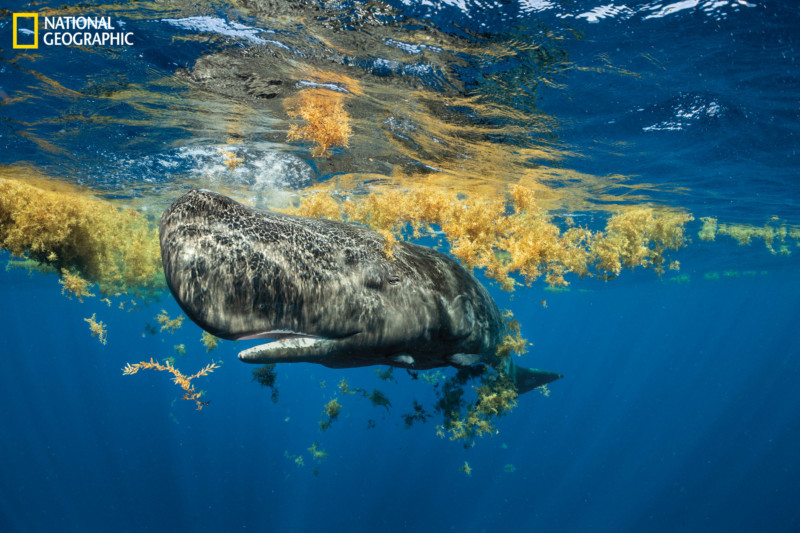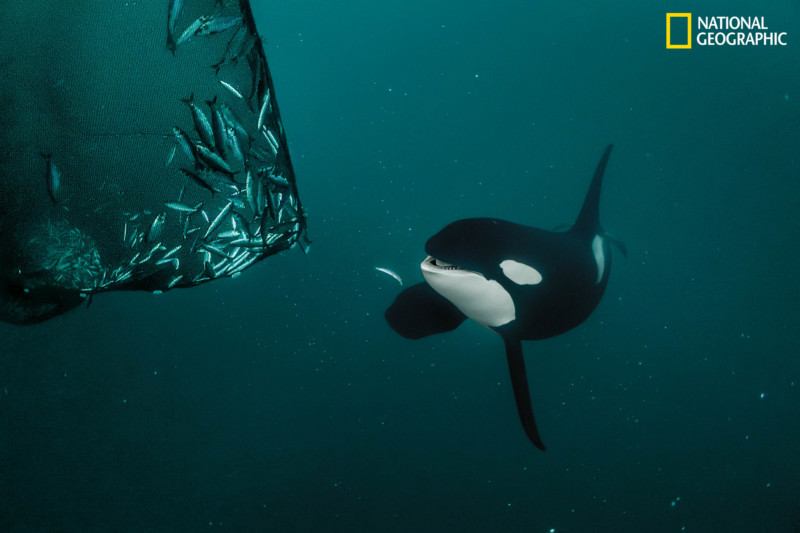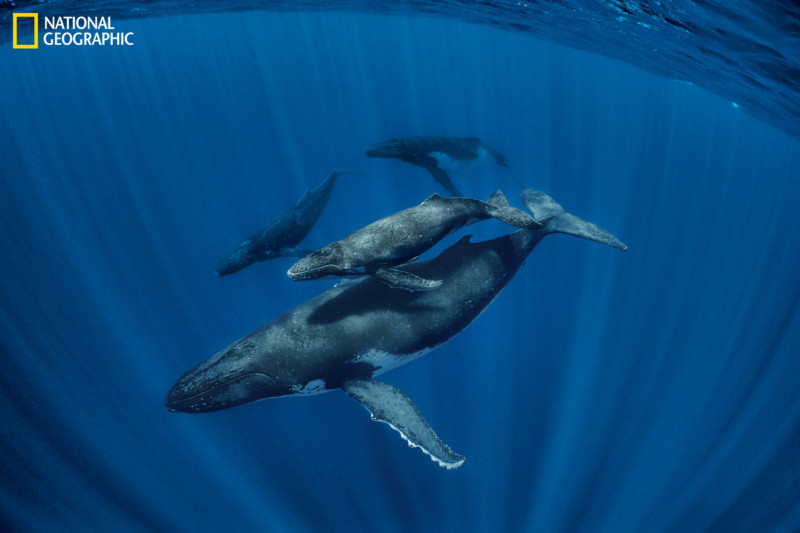NatGeo is Providing Ways to Help Threatened Creatures and Habitats
![]()
National Geographic has today published the May issue of its magazine that is available online and this time, it is doing more than just showing photos of animals and habitats and describing issues, but is providing ways the average person can actually help.
The May issue of National Geographic magazine is a companion to The Disney+ original series, Secrets of the Whales, which will premiere on Earth Day (April 21). The three-year project will also be featured in the new National Geographic book, Secrets of the Whales, and is also the marquee event of National Geographic’s newest initiative, Planet Possible.
National Geographic says that this single-topic issue focuses specifically on Earth’s most important bodies of water, and National Geographic Explorer and Photographer Brian Skerry explore whale wisdom, presenting what it describes as a layered view of the world’s largest animals and their complex societies. Skerry’s work in this issue reveals never-before-captured behavior from Orca’s hunting with their pups and Sperm Whale’s nursing their calves.
Photography is a powerful conservationist tool that can be used to bring attention to important issues and topics, and National Geographic seems dedicated to using that in a more pointed way with its May issue and coordination with Earth Day.

National Geographic says that it is not only devoted to exploring and learning more about the planet we live on, but the May Ocean issue goes one step further: providing actual, tangible ways the average person can help address issues affecting these habitats and animals. Specifically, a “how you can help” box accompanies three key features of the magazine — whales, giraffes, and coral reefs — with applicable tips for how readers can make a difference in their own lives.

While much of what harms these animals is beyond the scope of individuals and falls more squarely on the shoulders of corporations — and therefore governments — and harmful fishing and waste management practices, there is still a lot that readers can do.
Photographers David Doubilet and Jennifer Hayes also captured powerful time-lapse visuals of coral reefs, for this special issue. National Geographic says that these impactful and affecting side-by-side visuals of the same reef in 2009 versus 2018 depict the urgency of climate change and its real-life effects.

You can see the full stories and images outlined in National Geographic’s May issue here.
Image credits: Header image courtesy of National Geographic. All other images individually credited and provided courtesy of National Geographic and abide by all stated usage requirements.